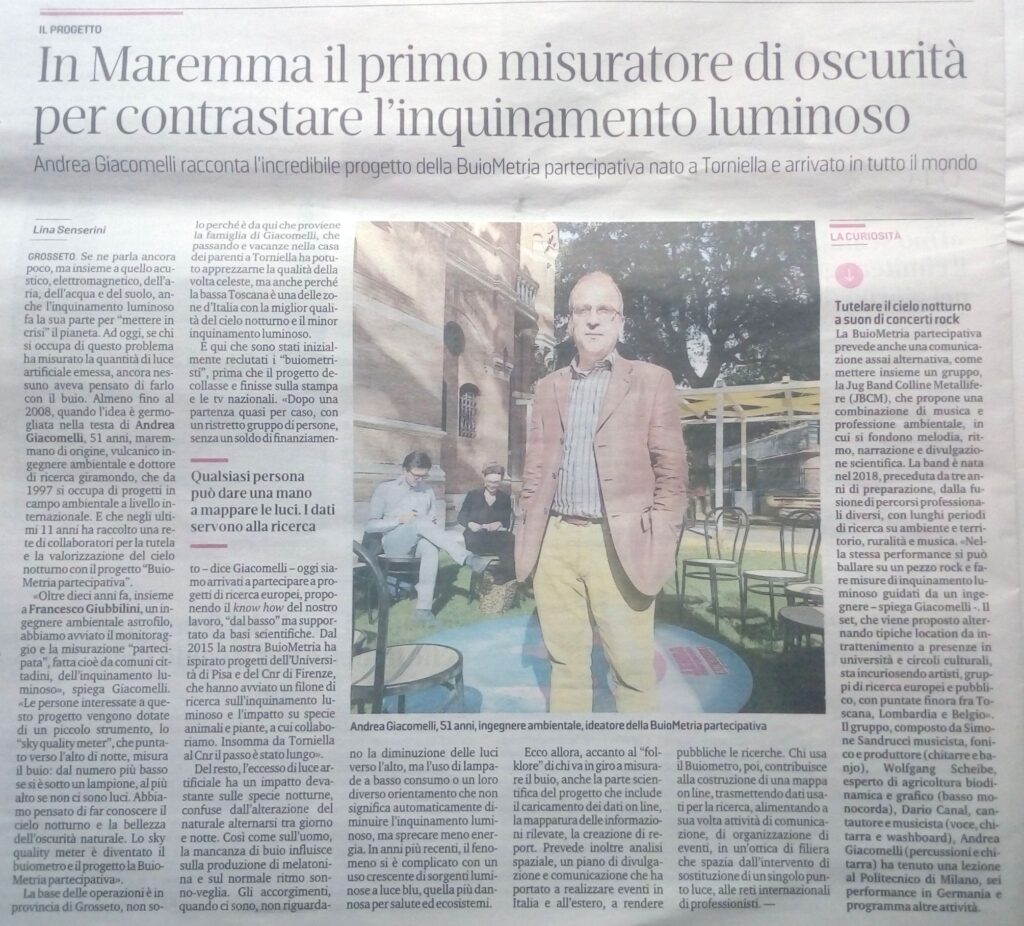
In Maremma the first darkness surveyor, countering light pollution (Il Tirreno Grosseto edition, Nov. 4, 2019)


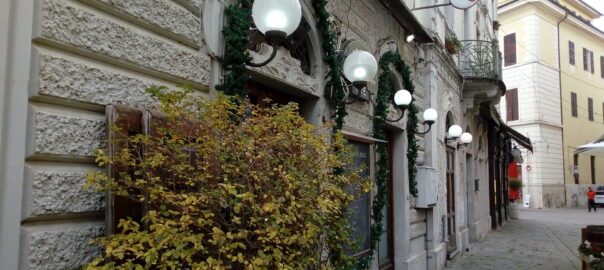
The next event for BuioMetria Partecipativa will be on Friday, Oct. 18, from 2 to 3PM (@ FIDIA, villino Pastorelli, via Fallaci). This will be in the context of AMBITA, the forum on Italian Built Environment.
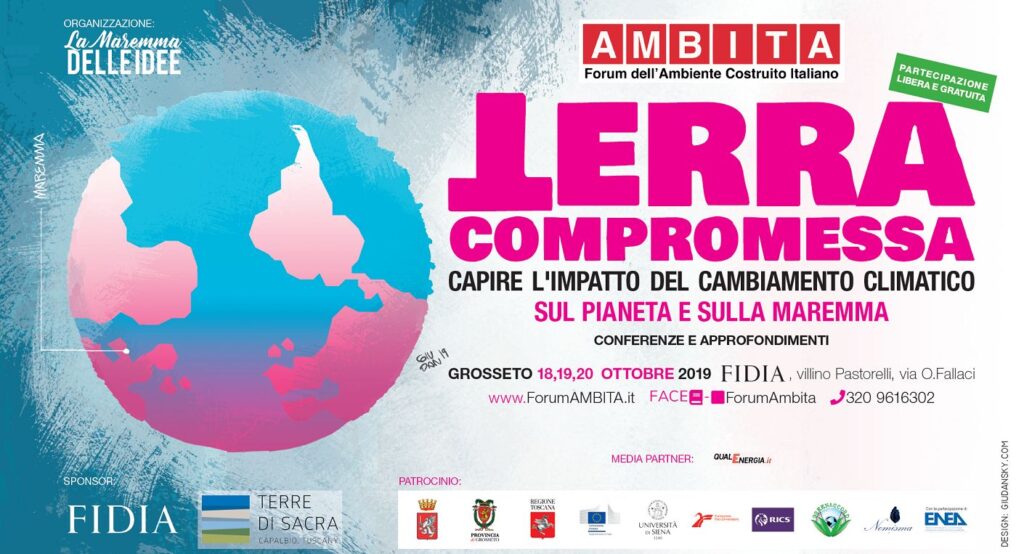
We will speak of the impact of artificial lighting on various aspects of society and nature, and of how simple practice can lead to significantly reduce light pollution without compromising the quality of our lives.
For more information
For more information on this event and insights on BuioMetria Partecipativa (i.e. Participatory Night Sky Quality Monitoring) see this article in English.
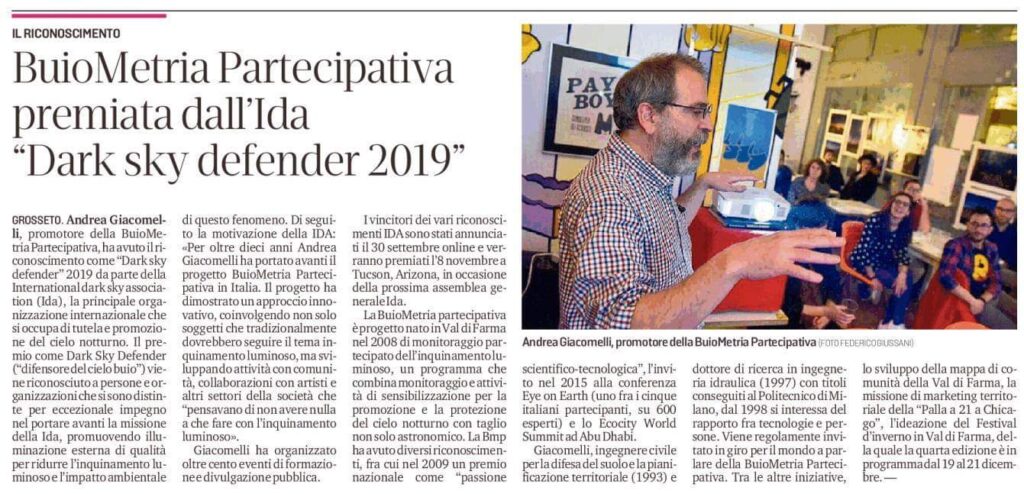
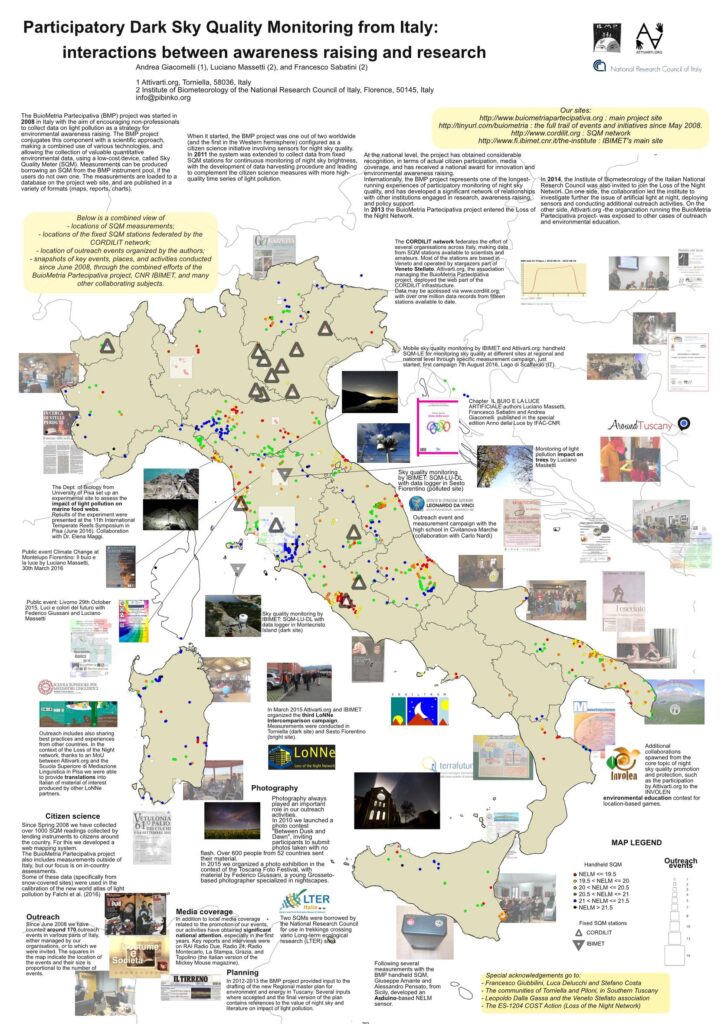
Andrea Giacomelli, promoter of the BuioMetria Partecipativa project obtained the 2019 “Dark Sky Defender” award by the International Dark Sky Association (IDA), the main organization worldwide committed to protection and promotion of the night sky.
This award is assigned to individuals or organizations in recognition of their exceptional efforts to promote and advance the mission and programs of IDA by promoting quality outdoor lighting to reduce light pollution and its environmental impacts.
Here is the motivation by IDA: For over ten years, Andrea Giacomelli has led the “BuioMetria Partecipativa” (Participatory Night Sky Quality Monitoring) project in Italy. The BuioMetria Partecipativa project has demonstrated a progressive approach, engaging not only “typical” subjects such as public administrations, utilities, or park managers, but triggering community-based activities, collaborations with artists, bartenders, and other segments of society who “thought they had nothing to do with light pollution”. Giacomelli organized more than 100 education and public outreach events.
The winners of the various IDA Award categories have been announced yesterday (Sep. 30) online, and the awards will be assigned on Nov. 8 in Tucson, Arizona, during the next IDA General Assembly.
Source: IDA
With BuioMetria Partecipativa and the nightscapes by di Federico Giussani, to change your next lamp with a new view. For more information: bmp@pibinko.org.
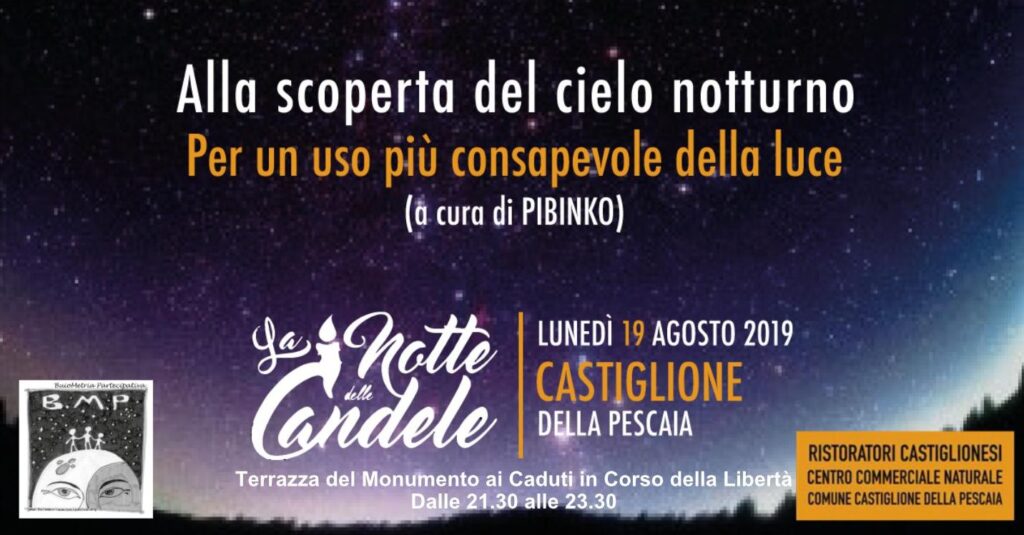
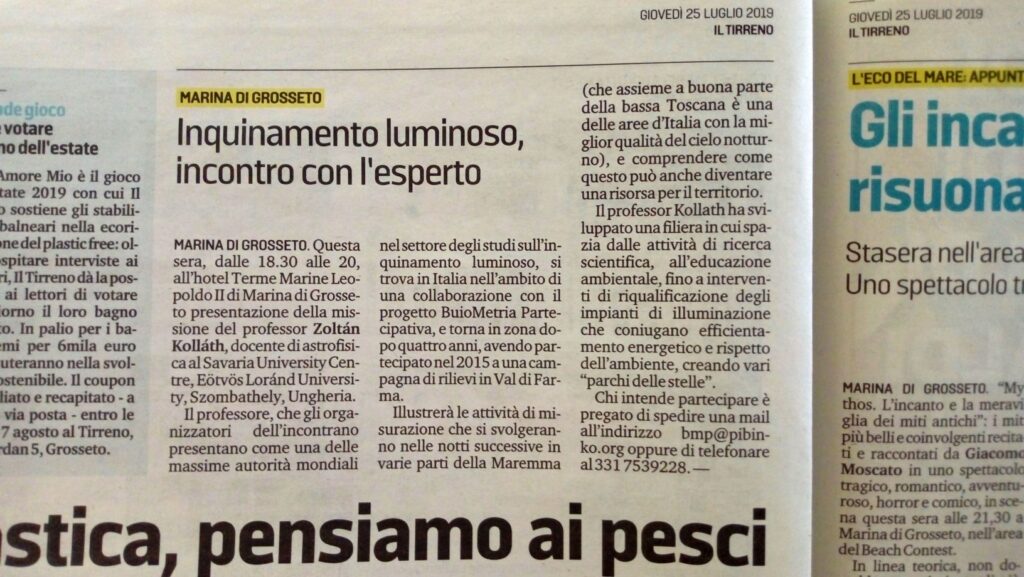
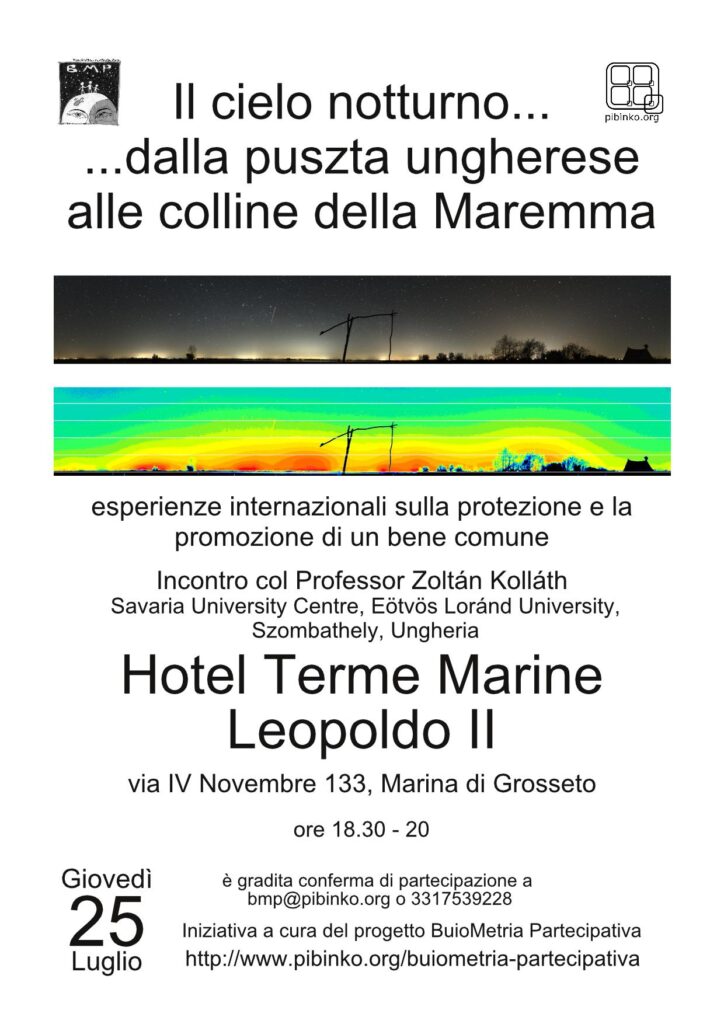
Thursday, July 25, at the Terme Marine Leopoldo II hotel in Marina di Grosseto (Tuscany) from 6.30PM to 8PM there will be a presentation of the mission by Zoltán Kolláth, astrophysics professor at the Savaria University Centre, Eötvös Loránd University, Szombathely, Hungary.
The professor, who is one of the leading authorities in the field of light pollution studies will be in Italy in the context of a collaboration with the BuioMetria Partecipativa, and will be visiting Southern Tuscany after four years (in 2015 he was part of a research team for a measurement campaign in the Farma Valley.
In the July 25 event you will have a chance to know more about the measurement activities which will be conducted in the following nights in various parts of Southern Tuscany -which in Italy is one of the few areas where a good night sky quality remains- and to understand how this characteristic, in addition to being an element of wonder, may become a territorial asset.
Citizens, businesses and public administrators can come to hear about professor Kollath’s experiences. In fifteen years, in Hungary he has been developing a whole sector of activity, spanning from scientific research, to environmental education, to dark sky park management, to actual lighting system renovation in order to procure lights which can couple energy efficiency and a strong compliance to state-of-the-art guidelines to minimize light pollution.
Last but not least, should you be interested in collaborating with the BuioMetria Partecipativa project, you will have a chance to know about the citizen science activities that this project is promoting since 2008, and through which you too can have an active role in the coming months.
For more details on the 2019 “buiometric” campaign, also see this post.
For more information, or to confirm your attendance, please write to bmp@pibinko.org or call +393317539228
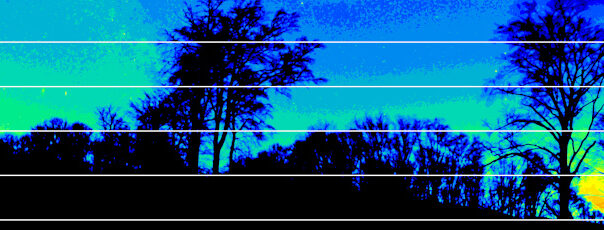
The lecture will be a 2.30 PM
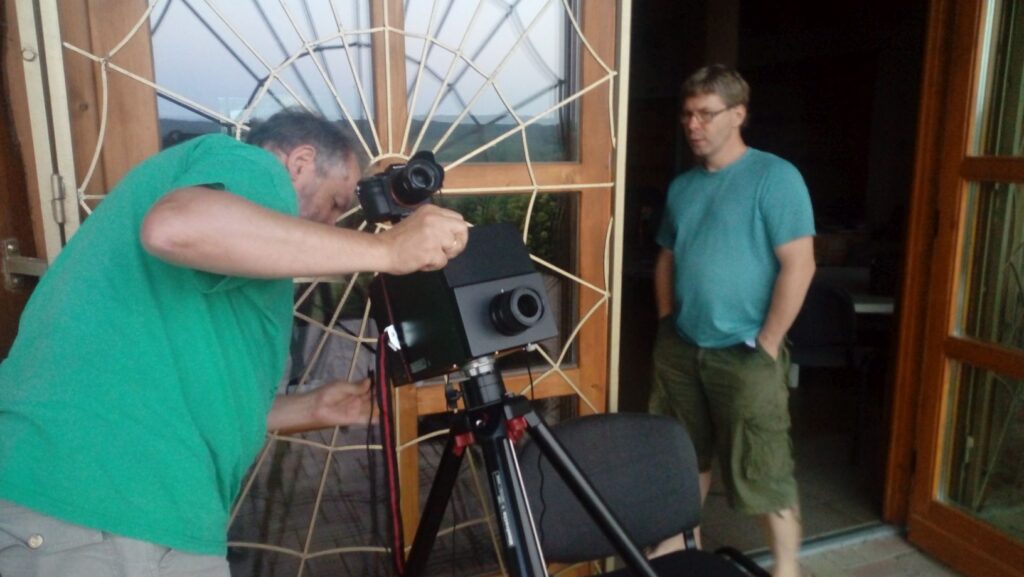
Measuring the quality of the night sky is necessary to assess light pollution and to evaluate its trends. These derive from a combination of existing and new lighting installations, and the applications of mitigation actions to reduce the amount of luminous flux escaping the primary areas where lighting is needed (and thus generating glare and skyglow), and containing increasing levels of blue light due to the diffusion of new generation lighting. Such measures are especially important in relation to protected areas, where night sky quality measurements by digital cameras have become a routine procedure. However, these observations lack the wavelength dependence of sky radiance; therefore, we have started a spectral sky quality survey parallel with the all-sky radiance measurements. To interpret the measurements, we also performed Monte Carlo simulations with the dominant light sources in the neighborhood of the measurement locations. We studied the effect of the tendencies of different atmospheric conditions for some reference cases with typical cloud and aerosol profiles. The structure of the aerosol layers has a significant impact on the night sky radiance distribution, and it is neglected in most of the recent light pollution modelling. I will present our first results obtained at the Zselic Starry Sky Park, in the context of a now fifteen-year-old program for the protection and promotion of the night sky in various nature reserves in Hungary.
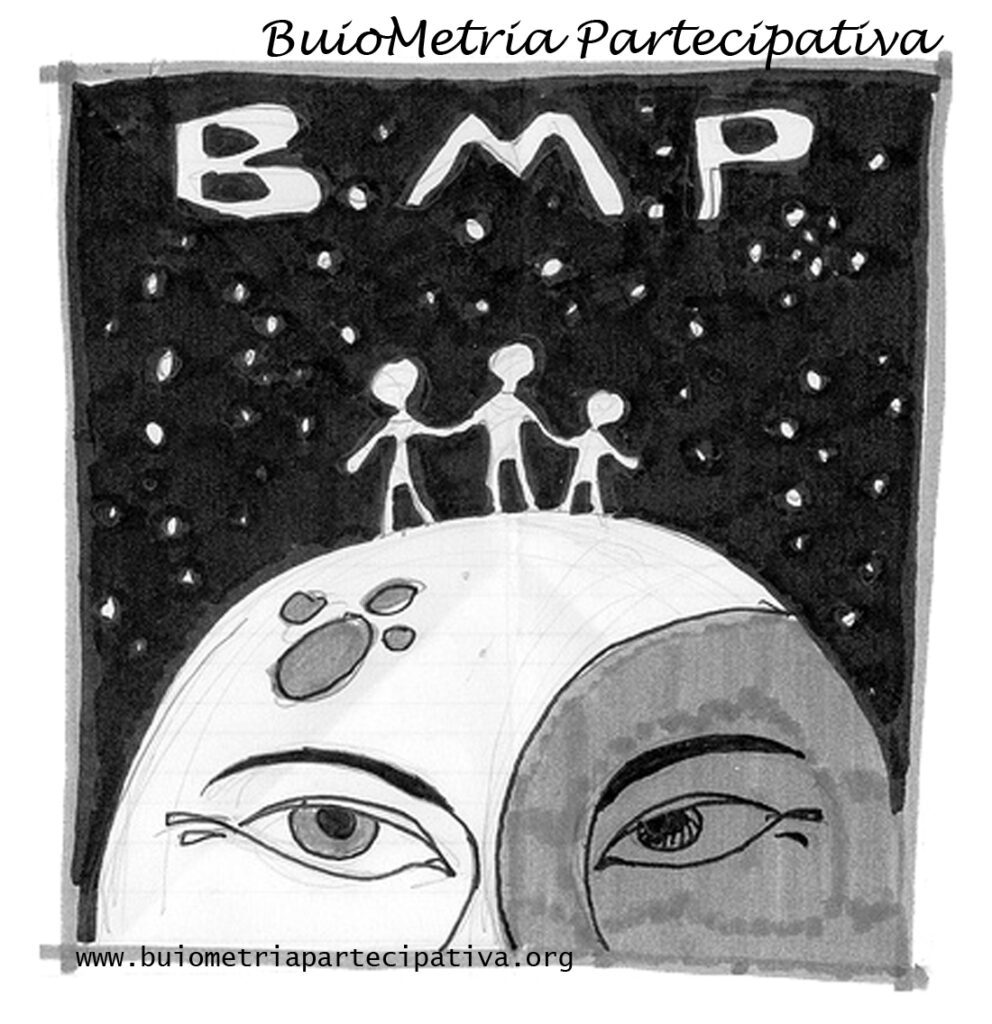
The visit to Fondazione Mach is part of a tour in Italy with the BuioMetria Partecipativa project, active since 2008 in the interdisciplinary protection and promotion of the night sky.
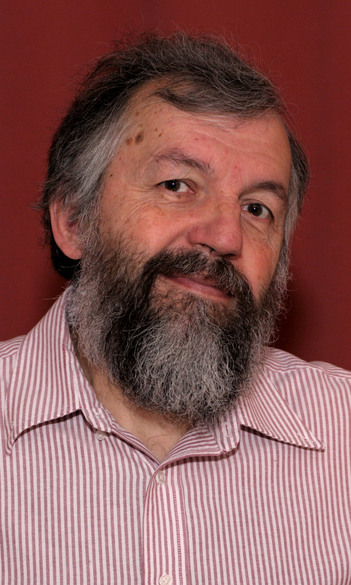
Zoltán Kolláth, professor of astrophysics at the Savaria University Center, Eötvös Loránd University, Szombathely, Hungary between 24 and 29 July. Prof. Kolláth is one of the highest international authorities in the field of light pollution studies, as well as in the promotion of the night sky as a resource. He was the creator of one of the first international star parks in Europe, the Zselic landscape protection area, and has for many years been a driving force in protecting night skies in Hungary, with the recognition of three parks certified by the International Dark Sky Association.
At the moment, the professor is responsible for a large national project for the development of scientific research on all aspects of light pollution, including the creation of new sustainable lighting systems. As an astrophysicist, he deals with the dynamics of pulsating stars. He is also very active in the dissemination in this sector, for example taking care of the soundtrack of astronomical signals that have been used in exhibitions and musical compositions, including a piece by John Legend.
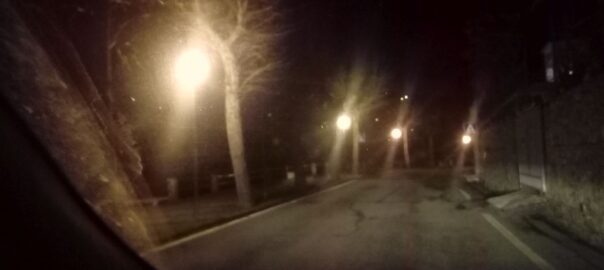
In the May 16 conference which we organised in Brescia with the BuioMetria Partecipativa project in collaboration with the University’s DICATAM on Interdisciplinary promotion and protection of the night sky, we had a very interesting talk on Italian Regional legislation by Maria d’Amore. Maria has been following this topic for over ten years working at the Emilia-Romagna regional administration, and among other topics she presented a table which we then invited her to share.
The table shows similarities and differences, with respect to various criteria, region by region (for those regions where light pollution regulations are present). This table is an extremely interesting reference both for experts, and for non-experts who may have an idea of how different administrations have been approaching the same topic in the course of time.Regions are listed according to a reverse chronological order related to the year of publication of the most recent law.
The table is updated to June 2019 and is currently maintained in Italian (we may consider translating the table if there are specific requests). For comments or for more information, please write to: bmp@pibinko.org
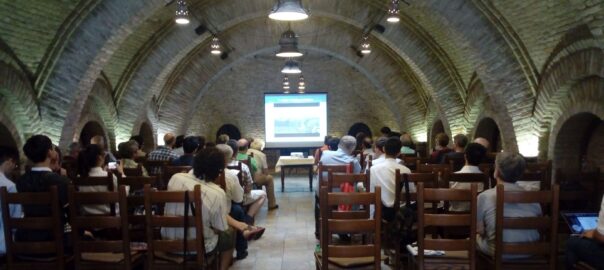
Between June 27 and July 1, 2019, I had the opportunity of attending with the BuioMetria Partecipativa project a part of the fourth “Light Pollution Theory, Modelling, and Measurements” and a workshop connected to the conference. Here you will find a brief summary of the event and the experimental activities related to it, and some highlights (or should I say “high lights”) from the trip from Toscana to Hungary.
Also, please note your next opportunities to interact with BuioMetria Partecipativa and interdisciplinary night promotion and protection: July 16 in Milano, for an outreach event with Wim Schmidt, one of the main Dutch experts on this topic, and from July 25 to 29 in Southern Tuscany, with a visit by prof. Zoltán Kolláth, the mastermind of all the Hungarian events portrayed below, as well as a great progressive rock fan.
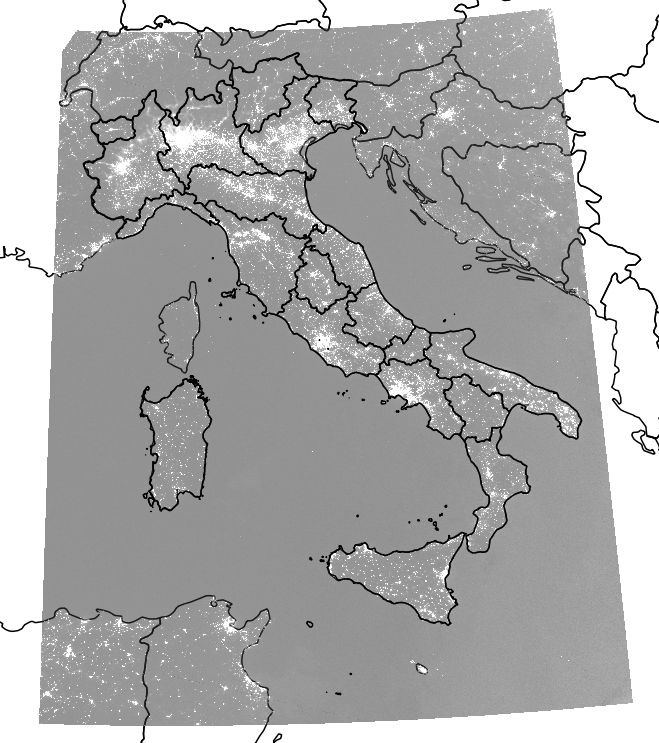
Now, back to the LPTMM conference (from June 25 to June 28). This is a bi-annual meeting attracting the main world experts in the field. After the main event, an experimental workshop was scheduled, inviting researchers to conduct night sky quality measurements with different techniques, spanning from the dear, old, Sky Quality Meter (which we called buiometro in Italy), to a plethora of imaging systems complemented by rather sophisticated processing workflows.
Such developments in sensing techniques also reflect the maturity on the light pollution monitoring topic. In the Nineties the focus of the experts was in the mitigation of light pollution effects in relation to night sky observation, as a priority mainly deriving from astronomers in order to reduce the amount of light improperly directed upwards. In the following years, with a greater awareness of the negative effects of the blue component of night lights, and its impact on ecology and landscape, measurement systems have evolved in order to detect such information. Essentially state-of-the-art technology requires the acquisition of “all sky” images, allowing to assess the source direction of lights, as well as spectral data. Combining such information, and integrating it with remote sensing data, as well as drone-derived information, extremely detailed scenarios can be assessed, thus supporting policies and management strategies for lighting systems.
The conference was in the Zselic dark sky park, in the South-West of Hungary. This is one of the three dark-sky areas certified by the International Dark Sky Association, and catered like babies by Zoltán Kolláth: in addition to managing the certification process, in the years the professor has fostered a series of lighting renovation projects in the villages around the “night sky reserves”, developed a structured research, and promotion activities on night sky-related issues.
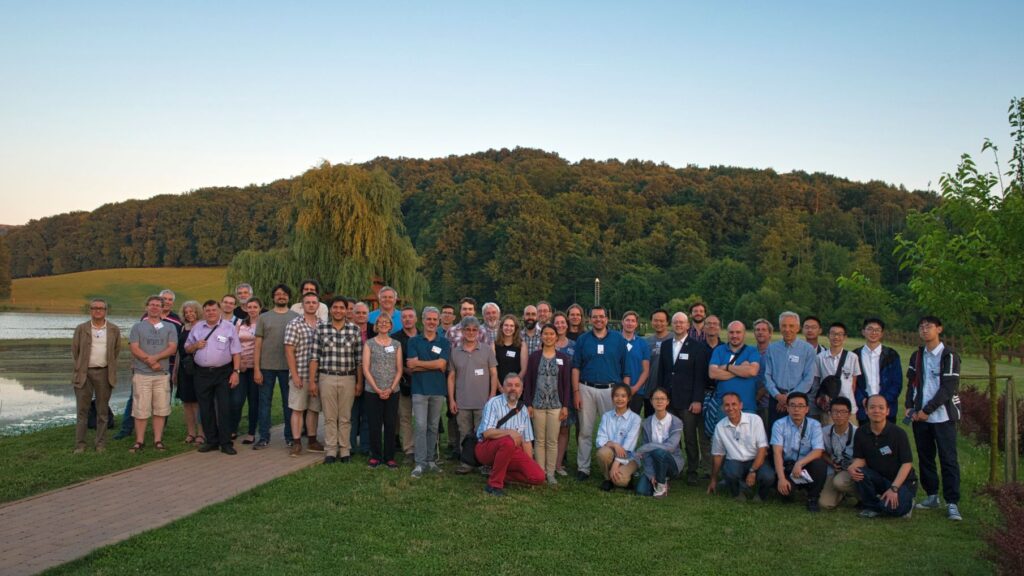
A photo report of the “buiometric” mission and the LPTMM workshop (June 28/July 1 2019)
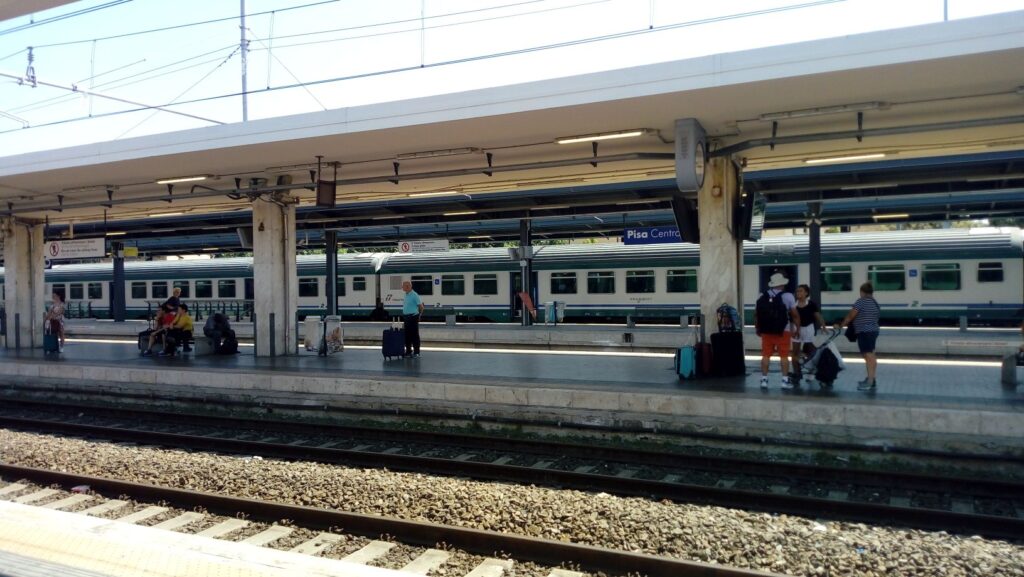
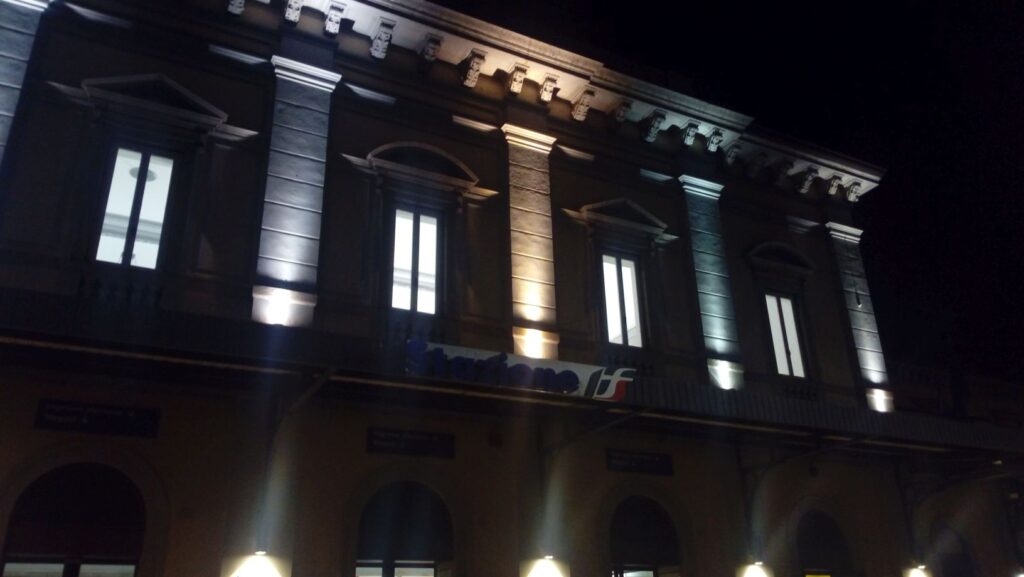
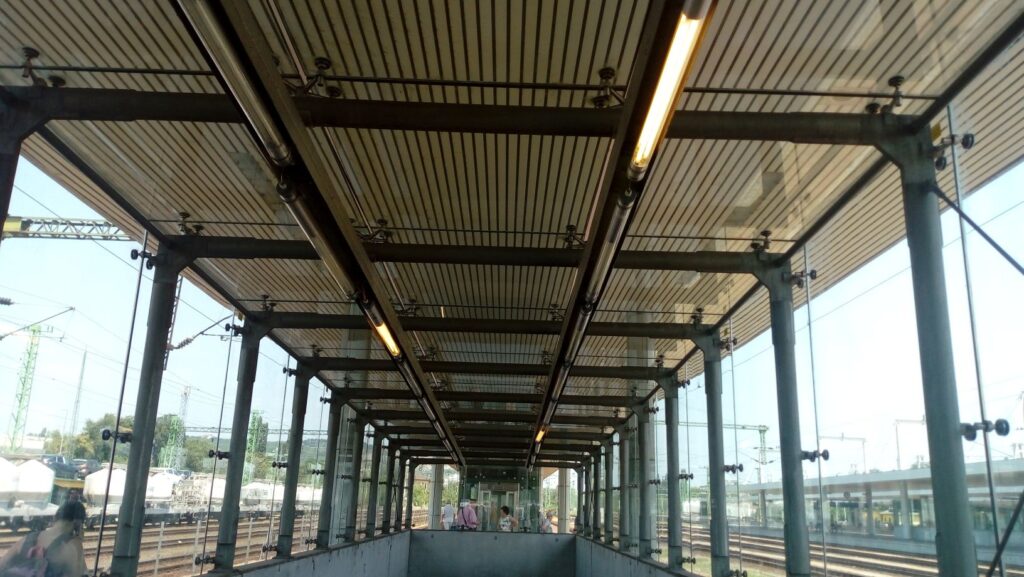
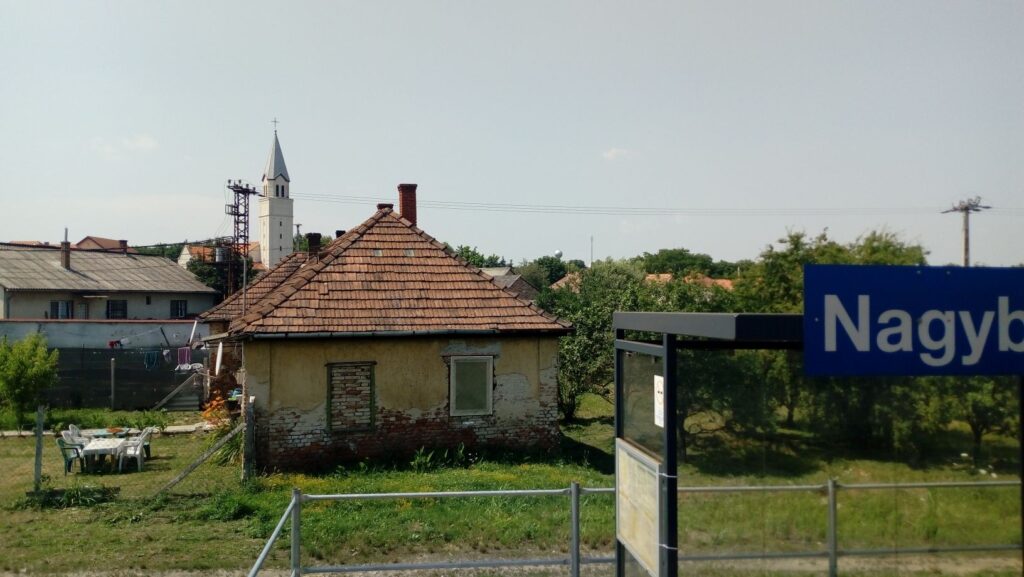
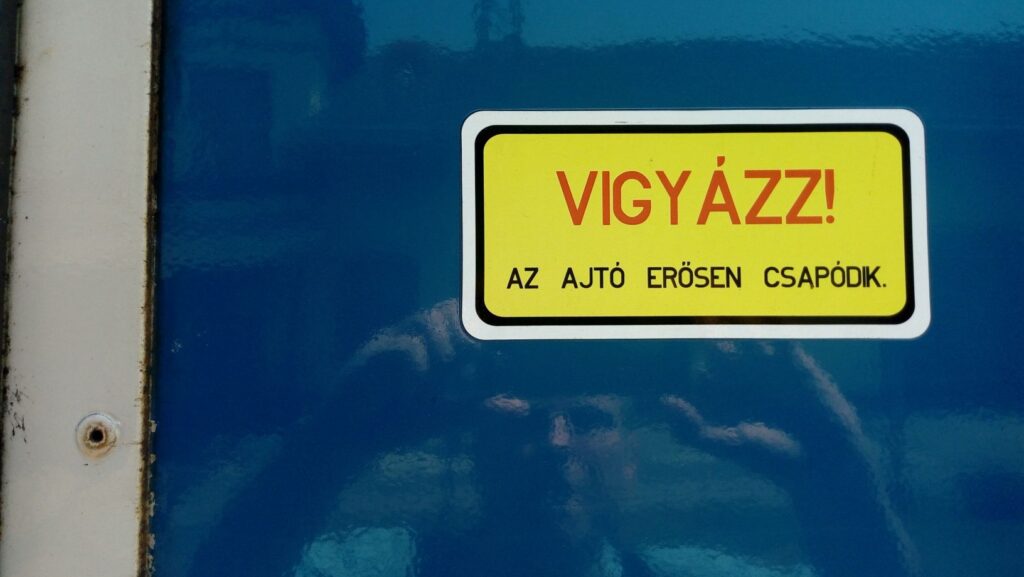
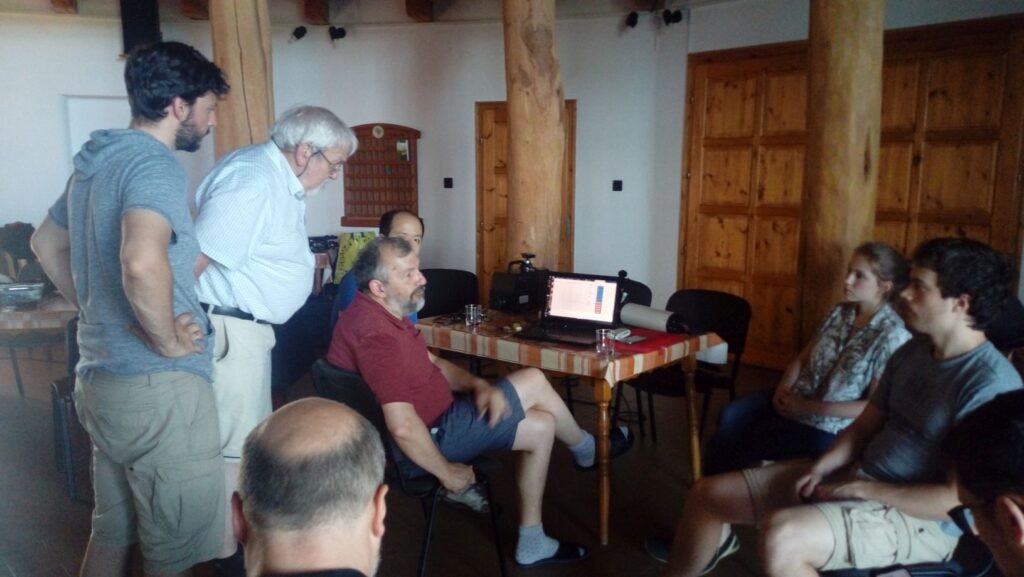
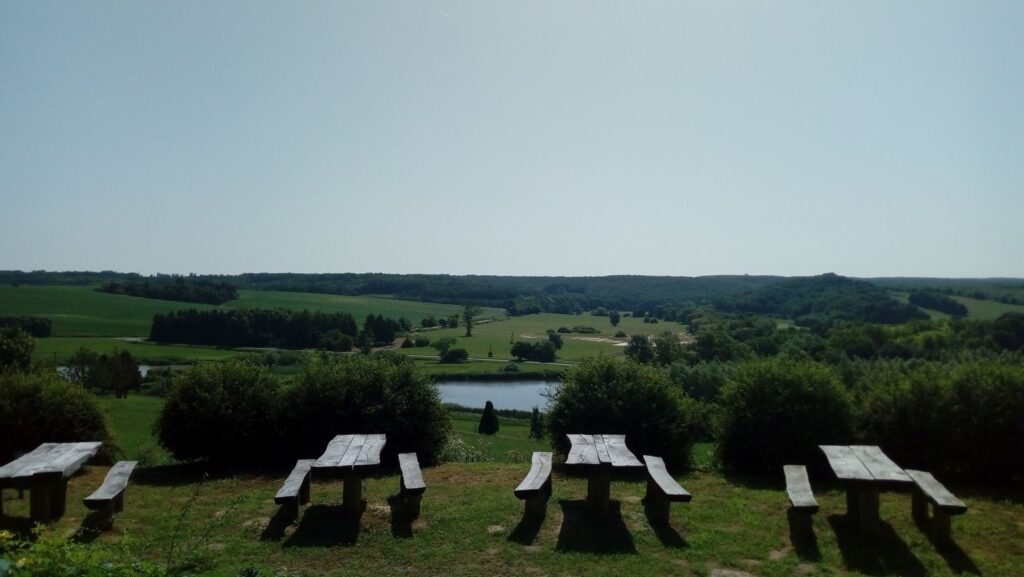
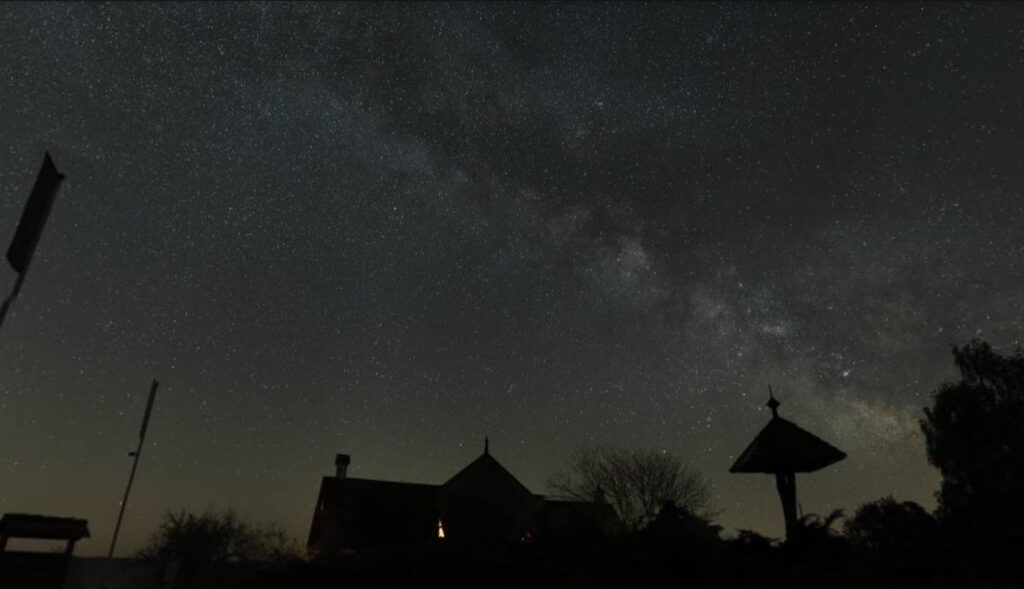
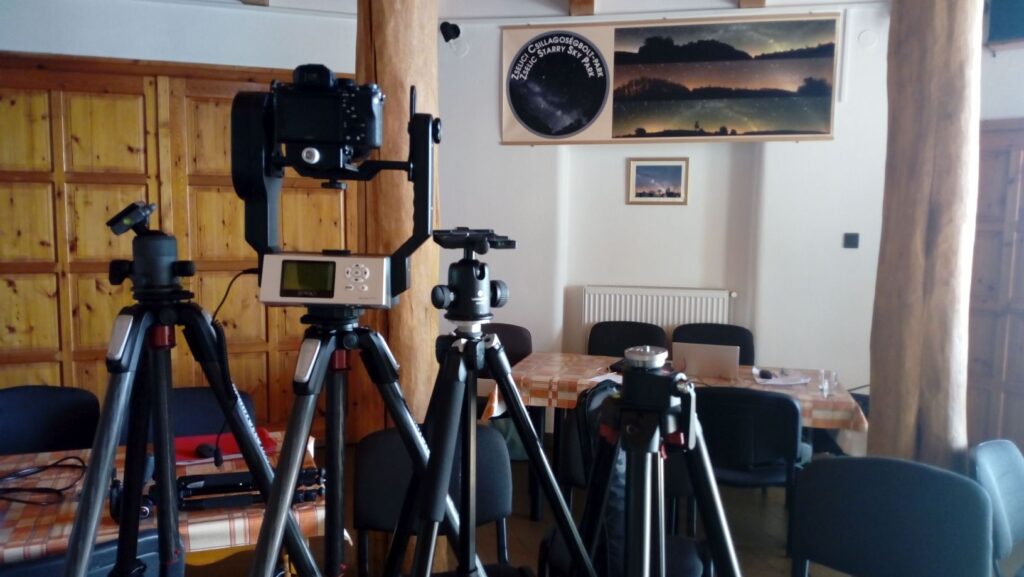
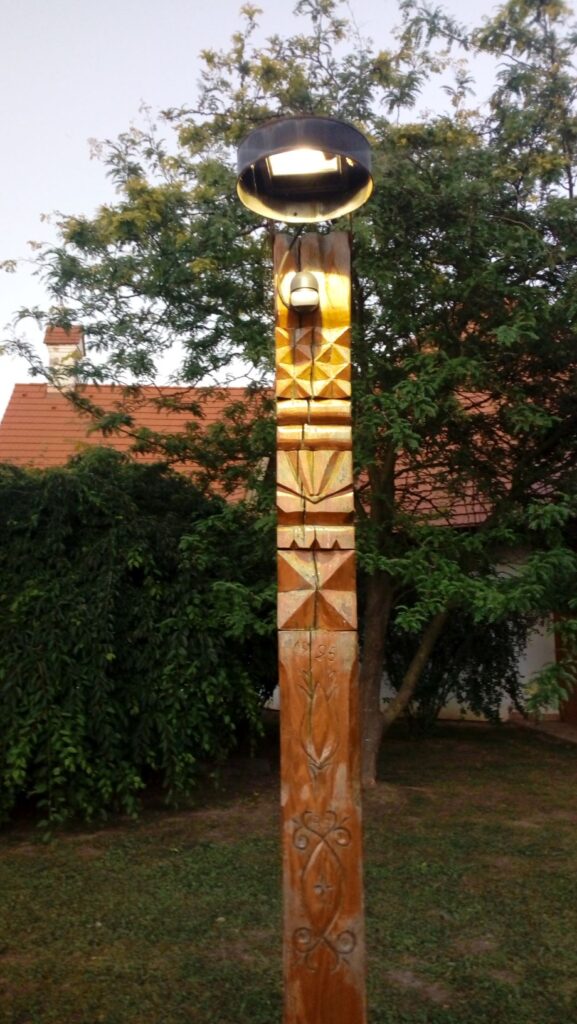

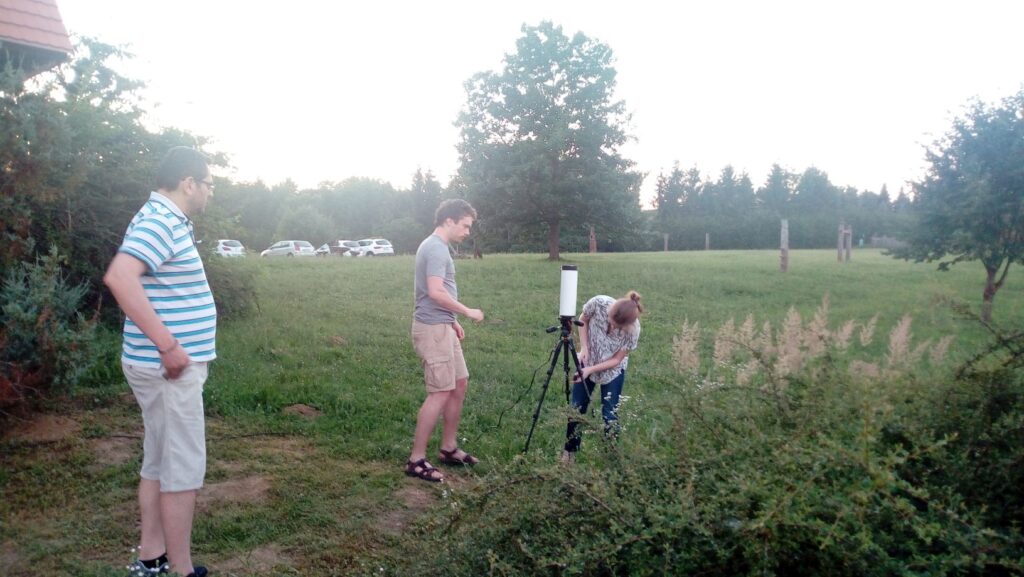
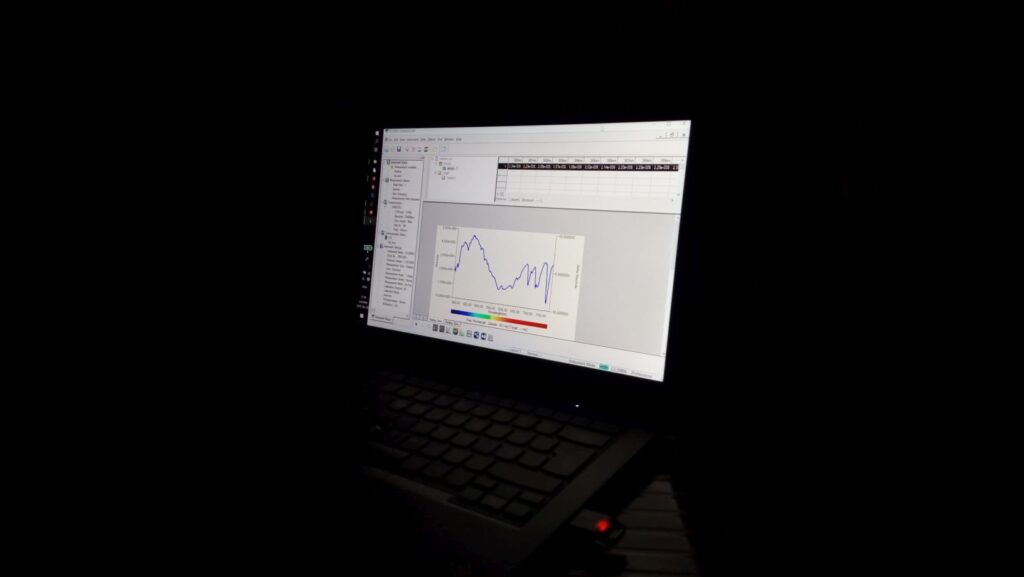
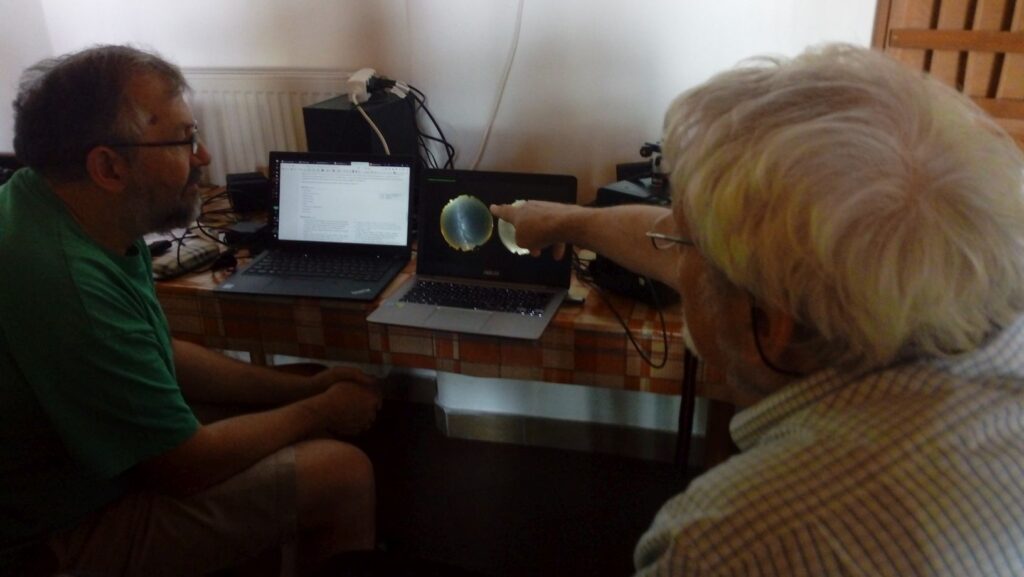
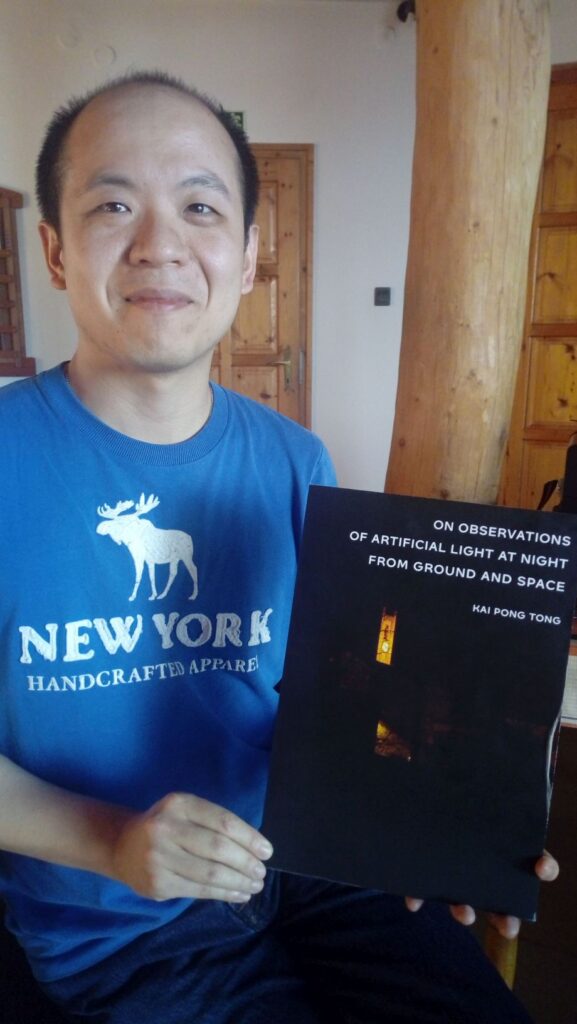
We thank the conference organizers for their hospitality, and grant EFOP- 3.6.2-16- 2017-00014, “Development of international research environment for light pollution studies” for support to this mission. For more information: bmp@pibinko.org